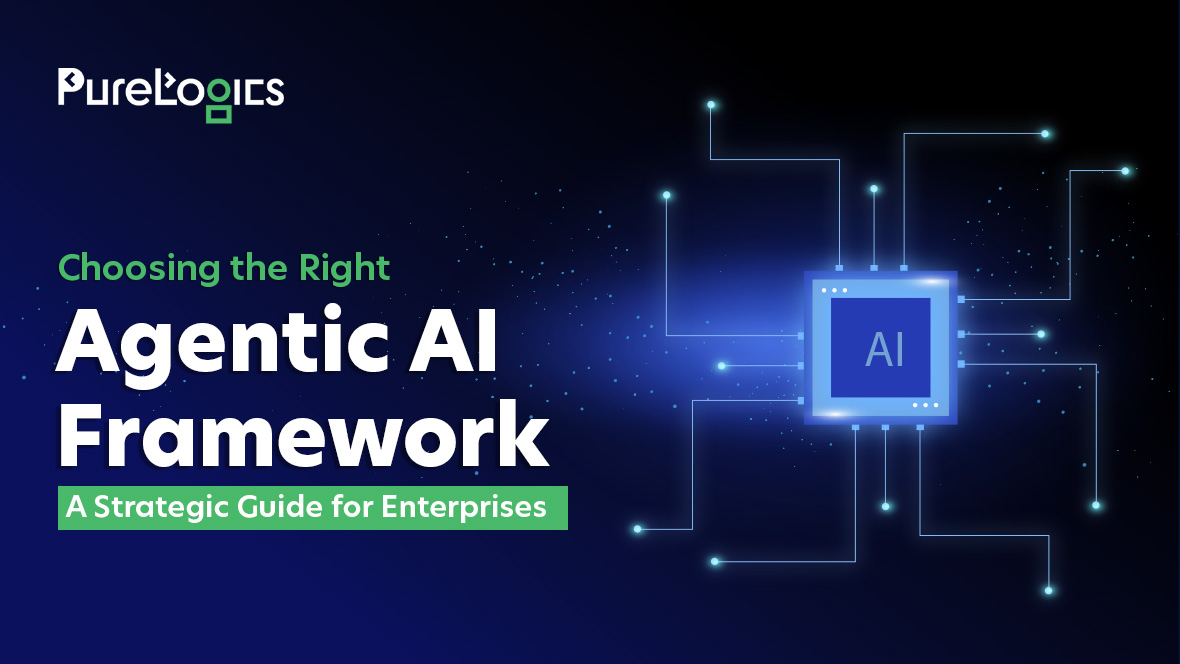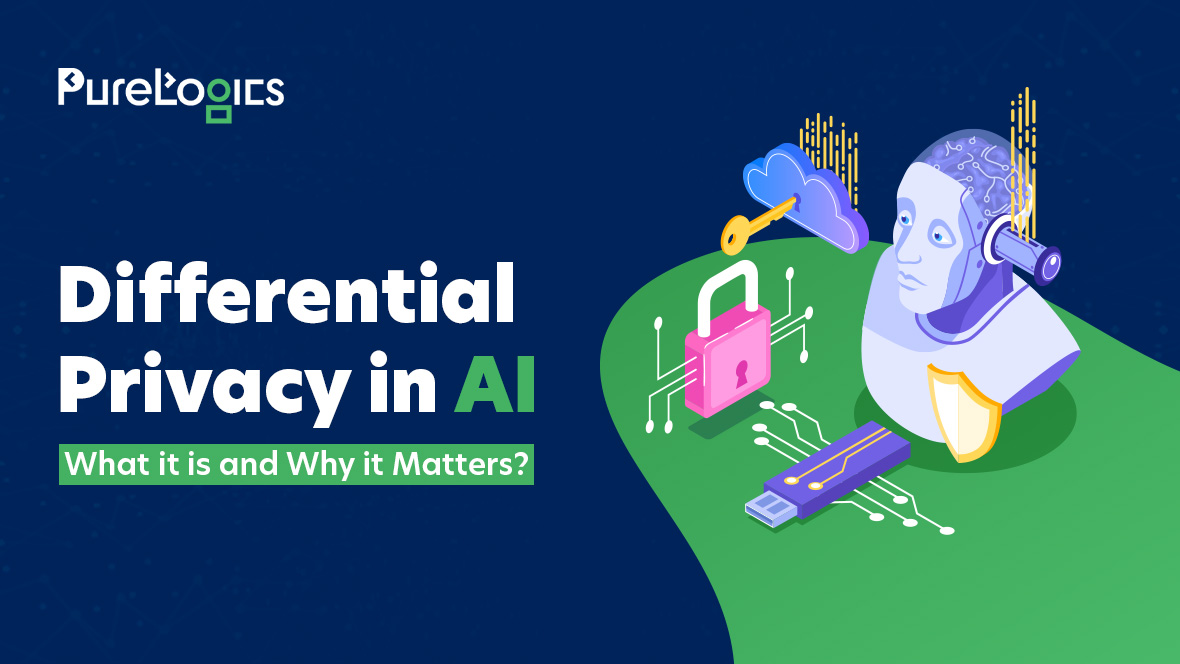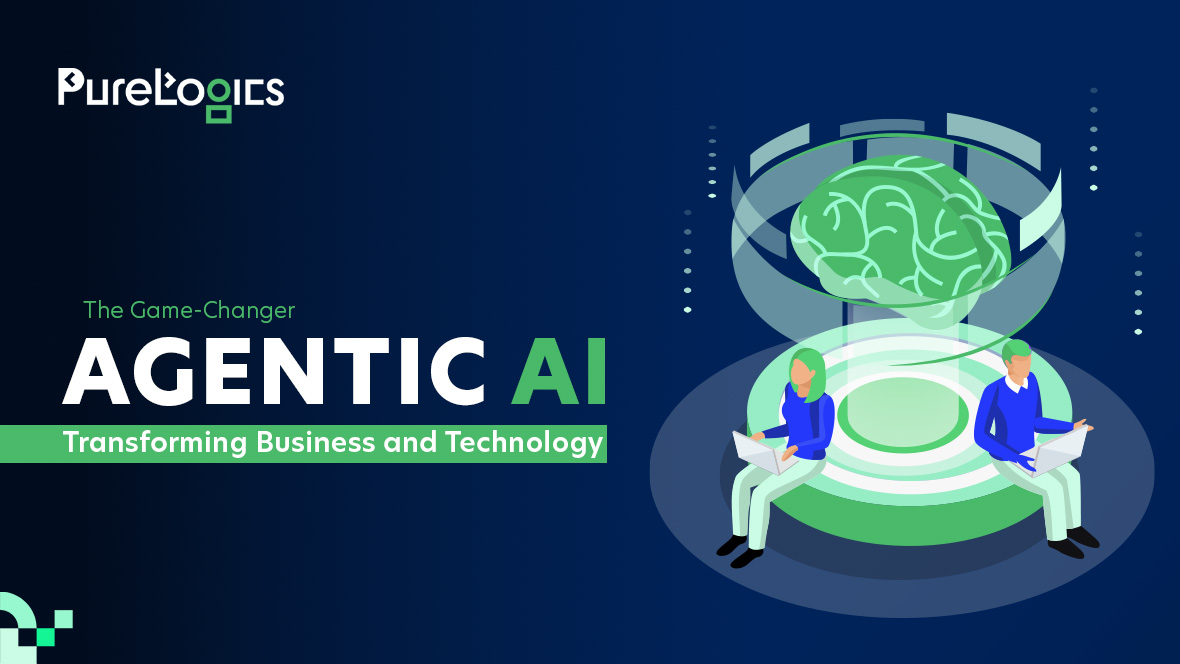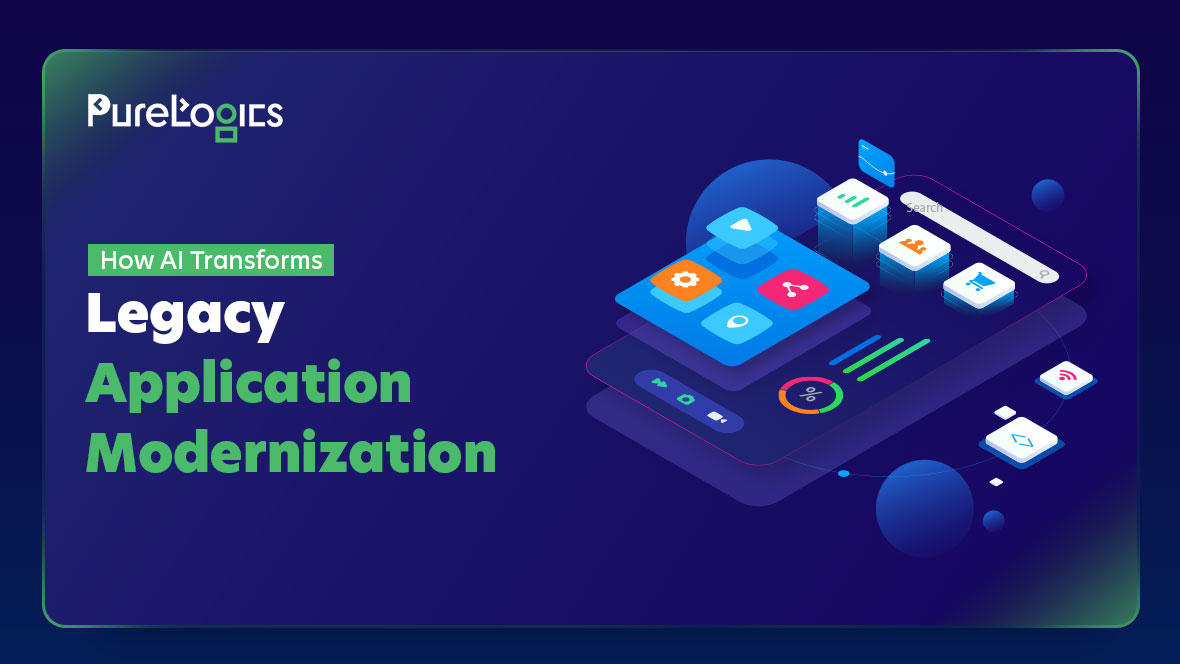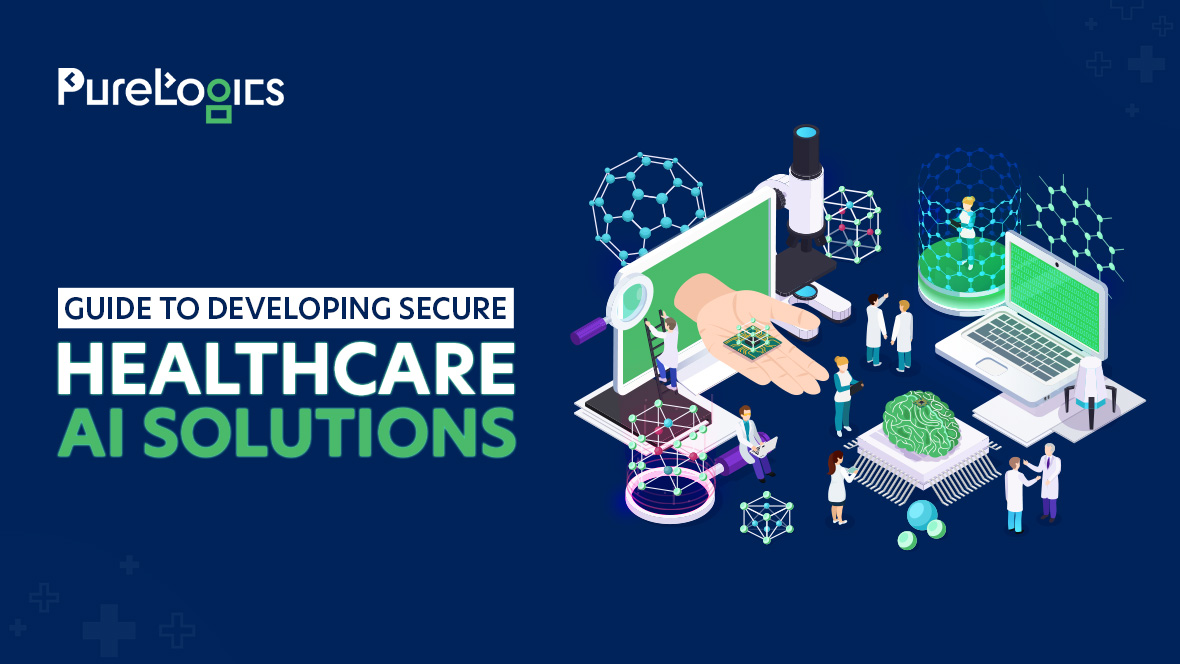Agentic AI is no longer an R&D experiment; instead, it is becoming core enterprise infrastructure. Leaders who delay choosing the right foundation risk becoming locked into legacy systems and losing their competitive edge. Therefore, this blog serves as a strategic lens, not a feature checklist, for executives to assess their agentic AI frameworks in terms of business impact, risk, and long-term flexibility.
According to Gartner’s report, by 2028:
- 33% of enterprise software applications will include agentic AI.
- 15% work decisions will be made autonomously via agentic AI.
These figures illustrate the rapid changes businesses will experience in the coming years, highlighting the importance of selecting the right agentic framework to develop secure and efficient agentic AI.
After reading this whole blog, you will walk away with:
- Key factors for senior leaders when choosing a framework
- Strategic roadmap for seamless implementation
- Comparison of agentic frameworks
Let’s first start with the key factors any CTO or decision maker can use to analyze the frameworks for the right selection.
Key Factors to Consider Before Selecting an Agentic AI Framework
Below are the key factors that leaders can consider to make high-impact, strategic decisions regarding the choice of an agentic AI framework.
| Key Factors | What to check | How to evaluate |
|---|---|---|
| Business Fit | How well does it fit with workflows and KPIs | Can guardrails be implemented easily? |
| Scalability | How fast can it deploy and scale? | What are the complexities & minimum deployment time? |
| Safety | What’s the mechanism for audits & human oversight? | Are there kill switches, audit, HITL gates built in? |
| Interoperability | How well does it integrate with existing systems (APIs & data sources, etc.)? | Does it support standard protocols, extensible connectors, and cross-agent interface? |
| Cost | What is the cost of infrastructure, monitoring, support, and talent? | What are the compute resources, human effort, and support requirements per agent? |
| Performance | What’s the latency, stability, consistency & failure recovery | How does it recover from errors or unexpected states? |
Evaluating the selected framework on the points above can help ensure easy adoption and ROI, provide a competitive edge, prevent computational risks, and support sustainable business investment.
Struggling to Choose the Right Agentic AI Framework?
Get expert guidance to select a framework that scales, adapts, and drives real business impact.
Best Agentic AI Framework: A Comparative Lens
Below is a head-to-head comparison of all the frameworks, highlighting their key features, strengths, and suitability for different enterprise use cases. You can build a robust agentic AI that can transform your business.
| Framework | Pricing | Ease of use | Integration | Best For | Customization |
|---|---|---|---|---|---|
| LangGraph | Free/Open source | Moderate | APIs, Enterprise | Stateful, enterprise-grade apps | High |
| CrewAI | Free/Open source | Easy | APIs, Automation | Automation workflows | Moderate |
| AutoGen | Free/Open source | Easy | APIs, Enterprise | Complex workflows, enterprise solutions | High |
| Semantic Kernel | Free/Open source | Moderate | APIs, Enterprise | Modular AI systems, enterprise solutions | High |
| Llama Index | Free/Open source | Easy | APIs, Enterprise | Data index, retrieval tasks | Moderate |
| OpenAI Swarm | Usage-based (OpenAI costs) | Easy | APIs, Enterprise | Multi-agent coordination, enterprise tasks | Moderate |
| SmolAgents | Free/Open source | Easy | APIs, Automation | Lightweight, simple agent tasks | Low |
| Agno | Free/Pro/Enterprise | Easy | APIs, Cloud, GitHub | Local/cloud agent management | High |
There is no definitive answer to which is the best AI agentic framework, but their implementation and maturation can completely change the game.
Strategic Implementation Roadmap for Agentic AI Frameworks
Instead of going all in and demanding full-scale deployment of the agentic framework, it’s better to view this as a staged journey because your priorities, risks, and needs can evolve in each phase.

The first stage, which most leaders miss, is assessing what they have and what they need to support the effective implementation of the agentic AI framework.
Discovery and Scoped Pilot
In this phase, the focus should be on identifying a niche or high-impact use case where the implementation can give results. The examples can include automated ticket triage, document recommendation, or routine query handling.
Here, test 2-3 frameworks in parallel to compare the deployment, efficiency, speed, and integration capabilities. However, assessing speed, safety, and rollback capabilities ensures that experimentation is low-risk.
Expansion and Workflow Composition
After the framework proves to be effective, expand its use by generating multi-step workflows or collaborative processes. The frameworks enable the chaining or coordination of autonomous components to handle sequential tasks (data extraction, validation, and report generation). Moreover, the key considerations in this phase include observability, consistency, and modularity. To ensure that the processes remain reliable, performance can be monitored, and components can be reused across multiple workflows.
Governance, Hardening & Resilience
It is essential to ensure implementation safety by introducing error detection and safety nets to handle any unexpected behavior. Furthermore, establish governance practices such as auditing, testing, and escalation paths to ensure accountability and focus on cost optimization.
Institutionalization and Platformization
In this phase, change your implementation into an internal platform that facilitates different teams in your organization. Furthermore, standardize reusable components, formalize governance, upgrade paths, and implement lifecycle policies (refactoring, retiring, and versioning). This preserves the framework’s autonomous capabilities, such as scalability and maintainability.
While the roadmap offers a structured approach to deploying agentic frameworks, the organizations must take into consideration the operational and governance.
Navigating the Agentic AI Framework Challenges?
Implementing an agentic AI framework is challenging, but a clear strategic roadmap makes it achievable.
One of the biggest mistakes that most organizations make is not structuring a mechanism that can measure the success of agentic AI and the role of the framework behind it. Therefore, from day one, tie the agentic framework to business outcomes, not just technical metrics such as agent uptime, latency, number of tasks autonomously executed, time saved, and ROI (payback period).
Closing Remarks: Future Proofing Your Agentic AI Strategy
The next frontier will not just be more agents, but meta agents, agent marketplaces, hybrid stacks, and regulatory guidelines. The choices you make today in terms of framework, architecture, or governance will determine your success. So, the first and foremost thing is to watch out for the developments below:
- Agent marketplaces and swap-in modules
- Regulations mandating auditability
- Emerging trends like multi-agent
Plus, it is important to understand that the goal is not to build an agentic AI for 2026 but for 2030 and beyond. Therefore, choosing the right and powerful foundation is not just a technology decision but a strategic need on which the enterprise’s future depends. That’s why PureLogics, understanding the scalability and security needs, develops AI solutions that are robust and future-ready. Plus, we also help deploy agentic AI frameworks confidently so that you remain compliant, securing your competitive edge. So, book a 30-minute free consultation call with our AI/ML engineers to assess your current AI strategy, identify the best-fit frameworks, and plan a roadmap that drives measurable business impact.
Frequently Asked Questions
Which is the best Agentic AI framework?
There is no single best agentic AI framework, and the right choice depends on the enterprise goals, like technical maturity and use cases. For example, LangGraph and Autogen are strong for enterprise-grade, multi-agent orchestration. CrewAI is ideal for automation workflows, Llama Index is best for data retrieval, whilst OpenAI Swarm provides multi-agent coordination backed by OpenAI’s ecosystem.
Are agentic AI and generative AI the same thing?
No, agentic AI and generative AI are not the same, although they are related to each other. The generative AI generates content like text or images, while agentic AI uses that content-creation capability to perform actions, make decisions, and achieve goals with minimal human intervention. In short, generative AI produces, while agentic AI performs. Furthermore, many modern agentic systems use generative AI models (like GPT-4 or Claude) as their reasoning engines.
What is the difference between GPT and agentic AI?
In contrast to GPT, agentic AI is an intelligent system made up of autonomous agents that can act, adapt, and interact with both humans and machines. These agents are capable of understanding context, learning from past experiences, and managing complex and multi-step processes. All in all, the GPT generates responses while agentic AI uses those responses to act intelligently within real-world workflows.
Which are the top agentic frameworks?
LangGraph, AutoGen, CrewAI, Semantic Kernel, Llama Index, OpenAI Swarm, Smol agents, and Agno are some of the top frameworks. However, choosing the best framework is not about which framework is famous; it’s about which suits your needs best. For instance, LangGraph and AutoGen are great for enterprise-grade multi-agent systems, Crew AI simplifies workflow automation, LlamaIndex focuses on data retrieval and context management, whilst OpenAI Swarm allows multi-agent coordination.


 [tta_listen_btn]
[tta_listen_btn]
 October 16 2025
October 16 2025

